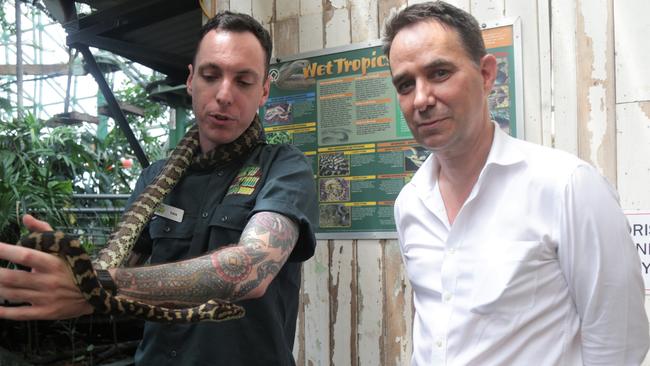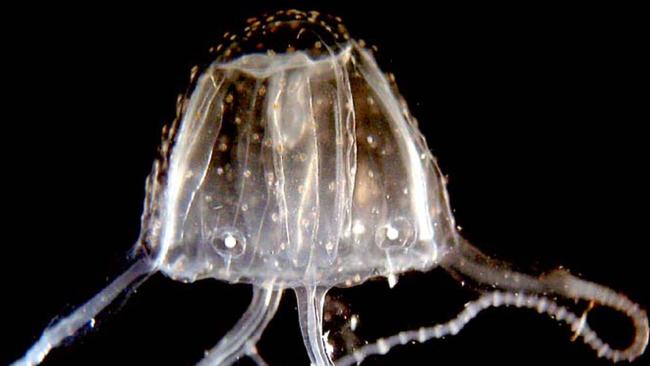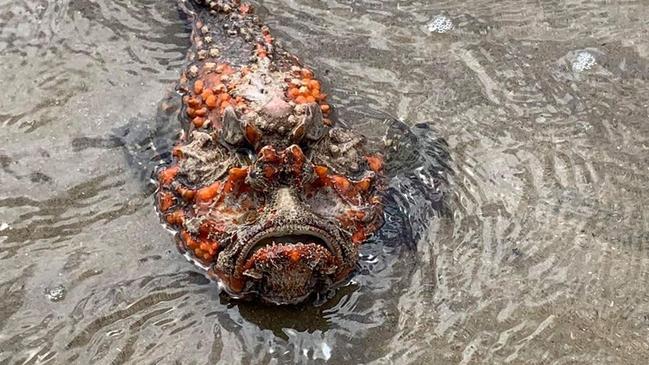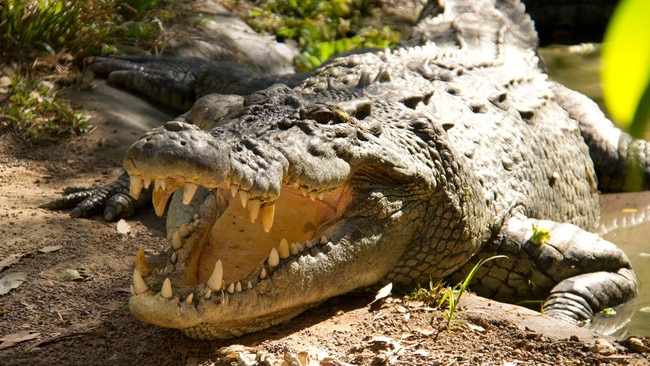Landmark bite study uncovers Far North’s most dangerous creatures
Home to crocs, stingers, and snakes the Far North is renowned for deadly creatures, but one stands out as the most dangerous if bitten according to one of the largest bite studies ever undertaken.
Cairns
Don't miss out on the headlines from Cairns. Followed categories will be added to My News.
HOME to crocs, stingers, sharks and snakes the Far North is renowned for deadly creatures, but one stands out as the most dangerous if bitten, according to one of the largest bite studies ever undertaken.
A landmark investigation by Cairns Hospital and UNSW has revealed the Far North’s most dangerous animals based on examination of more than 1700 patient hospital admissions during a seven-year period.
The study found an even division between wild and domestic animals and snake, dog and cat bites were responsible for the majority of hospital admissions.

Study co-author and senior research associate with the Kirby Institute Dr Josh Hanson said serious bite complications including limb amputation were caused by bacteria in the animal’s mouth.
“Forty per cent of all the bites in the series were from snakes,” he said.
“We also saw a whole range of animals including crocodiles, we saw wallabies, goannas, and bats.
“But also of course, dogs and cats are quite common.”

He said infection as a secondary complication was a factor that could be mitigated against by prompt admission to hospital.
“By the time the infection develops, it could become irretrievable. And many people in the study actually did lose their limbs through amputation as a result of infection,” he said.
Also a Cairns Hospital infectious disease physician, Dr Hanson said the study expected to find an added Far North danger in the form of unusual tropical pathogens.

“(So) it was a surprise for us that the bacteria that we found in the wounds of these animal bites weren’t very different to those in other parts of Australia,” he said.
A better understanding of tropical bites confirms Australian antimicrobial care standards as being adequate for tropical climates.
There were three patient deaths recorded during the study, all attributed to venomous snakes, including one taipan, one brown snake and one black snake.

“We certainly saw that the crocodiles and the snakes were associated with significant trauma, and the majority of patients who were attacked by a shark or crocodile had to go to surgery to have their wounds tidied up,” he said.
But the shock for researchers was the threat posed by meowing pets living in the home.

Between 2013 and 2020 dogs and cats accounted for 661 presentations to Cairns Hospital.
Cairns Hospital’s Dr Simon Smith said it was important not to minimise these bites and scratches.
“If you get scratched by a cat it’s important you seek medical care very early,” he said.
More Coverage
Originally published as Landmark bite study uncovers Far North’s most dangerous creatures





